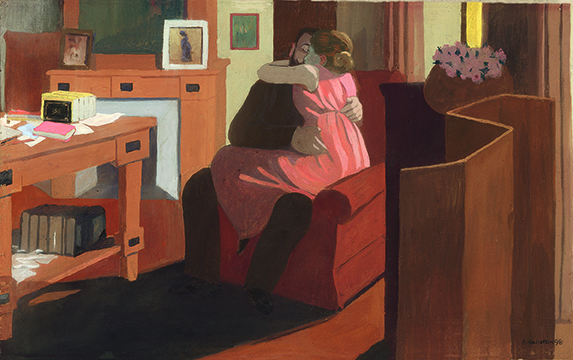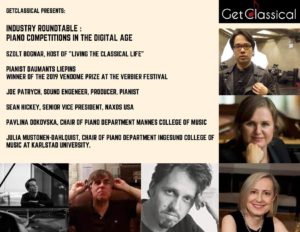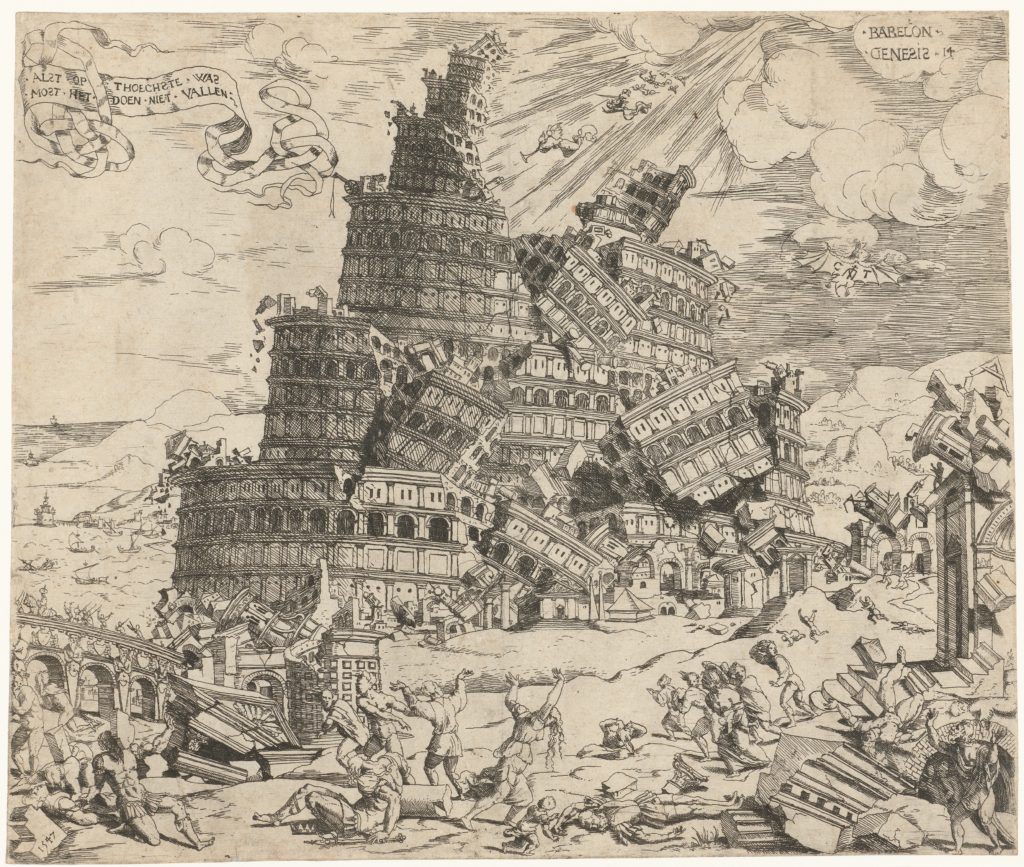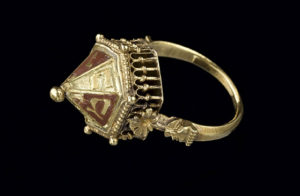Ballet in NYC: Matthew Bourne’s Swan Lake at New York City Center
Tchaikovsky’s celebrated music combined with the reimagined dark fairy-tale in the powerful performance by Matthew Bourne’s New Adventures company is playing until February 9, 2020 at New York City Center
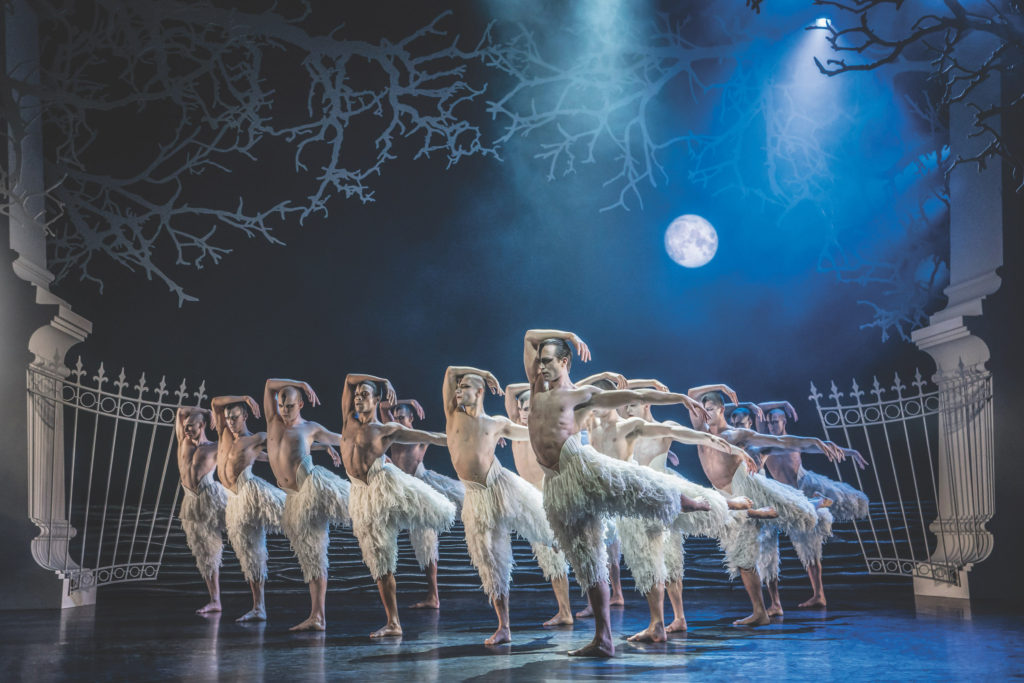
Director Matthew Bourne’s reimagined centuries-old fairy-tale set to the timeless music by Tchaikovsky dazzles, entertains, and shocks with the audience eagerly responding to each cue extended by the dancers. Created for the New Adventure company in 1995, Bourne’s libretto combines recognizable classical themes with not so subtle references to the public obsession with Windsor royals and the old-society members’ struggle with finding their place in the modern life. From the vantage point of 2020 viewer, the story turns from an entertaining account into a complex psychological drama of mother/son relations, suppressed self-realization, and the burden of traditions.
However, there is an interesting twist to the narrative. The original tale put to music by Tchaikovsky and Swan Lake ballet’s first choreographer J. Reisigner believed to reference the life of Bavarian King Ludwig II. When visiting Schwansee in his childhood, Ludwig II was preoccupied with the swans, was emotionally weak and deemed insane later in life. He was renowned for building bigger than life castles such as Neuschwanstein. It is conceivable that King’s life inspired Prince Siegfried’s character in Swan Lake. Watching Bourne’s interpretation, it is easy to find several parallels to Ludwig’s story in the libretto.
The production is universally known for its replacement of the gentle and tense female swan ensemble with the muscular, forceful, and vindictive flock of all-male dancers. Accentuated by the strong wings and loud hissing sound, their power and domination over feeble and thickly prince is in full swing in Act II and III. Yet, with all their wild freedom, even the swans are unable to accept and accommodate the outsider in their ranks. It’s a grim reminder of the stronghold of prejudice and a drive to preserve the homogeny.
The ballet has everything from puns and jokes to the touching despair and frightening indifference of those around us. For this run, the production was skillfully updated with a rather streamlined soundtrack in place of the live orchestra among other changes. Recognized as the longest-running dance show, the plot still has its potency and bitterness. The cast delivers its lines with the grace and power expected from the renown company. The thought-provoking spectacle is playing at New York City Center until February 9, 2020.
Click for tickets at 19% off. BUY TICKETS
Stay in the know about future events and offers by subscribing to ARTS-NY newsletter Subscribe
